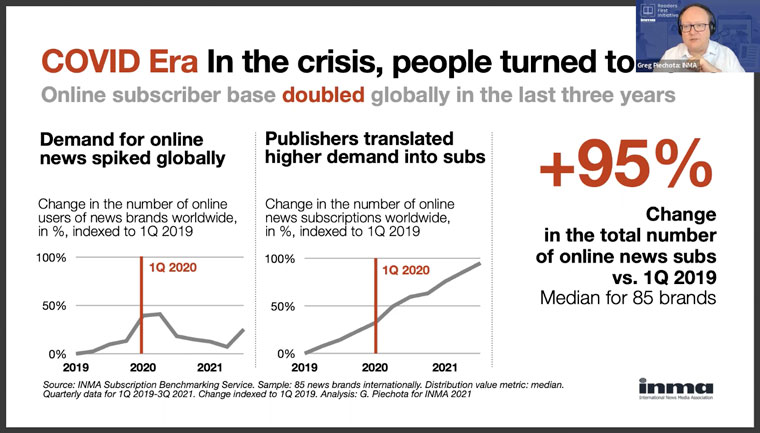Rudransh
12:16
12:17
12:20
12:21
12:22
12:25
12:28
12:29
12:31
12:31
12:33
12:34
12:34
12:36
12:36
12:38
12:38
12:39
12:40
12:43
12:46
12:48
12:49
12:51
12:51
12:53
12:53
12:54
12:55
12:56
12:58
1:00
1:02
1:05
1:06
1:08
1:08
1:11
Connecting…





